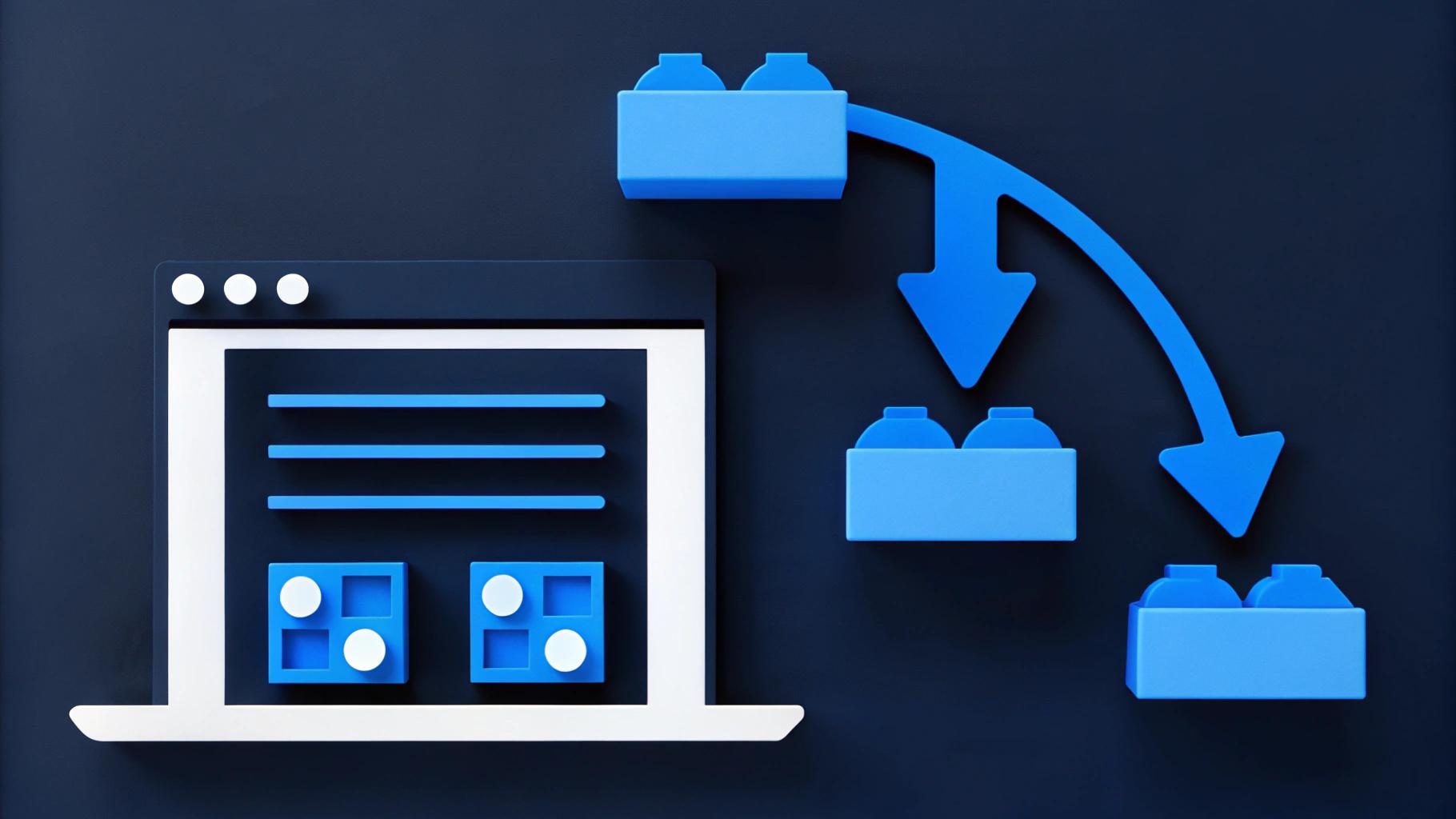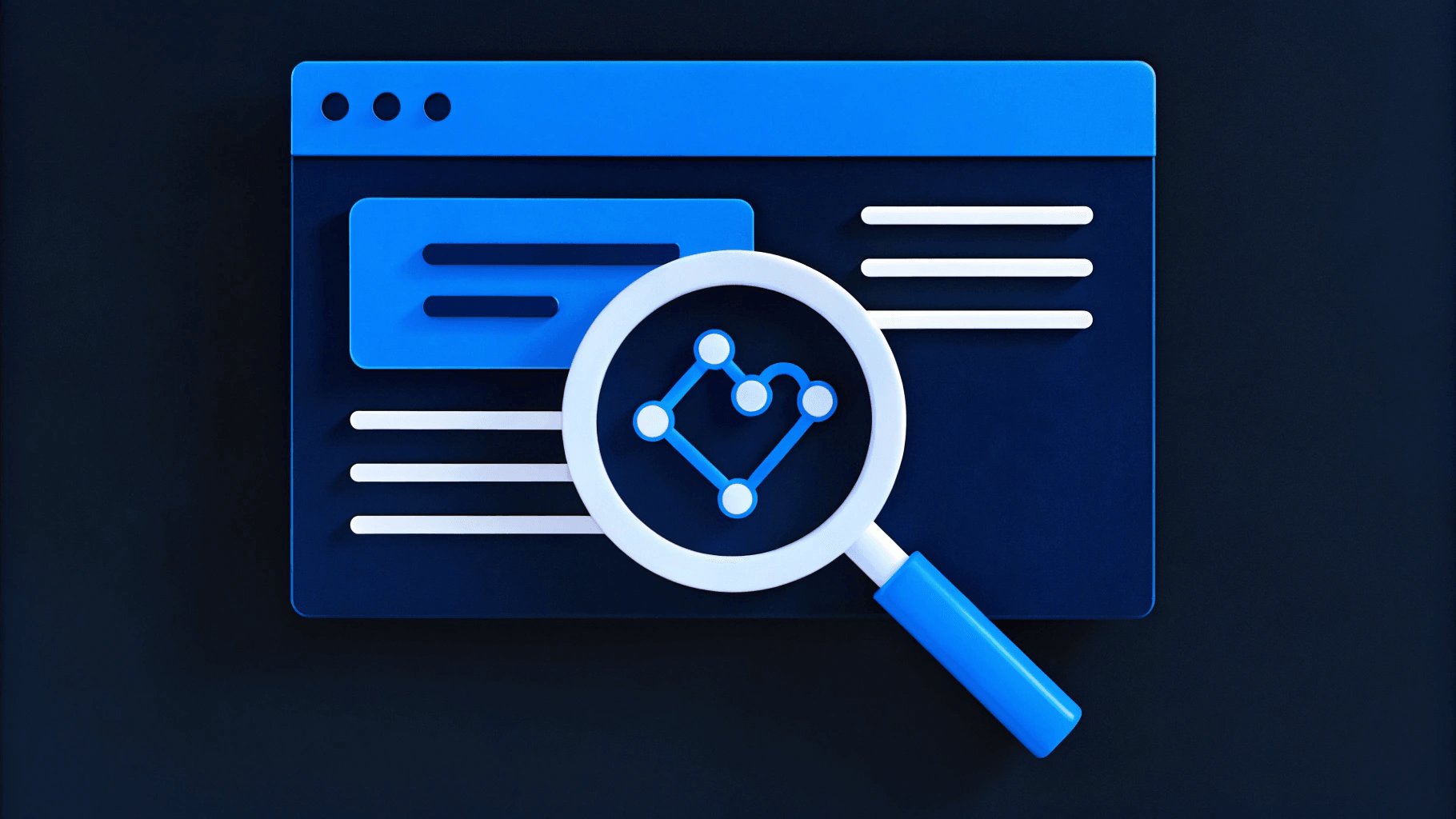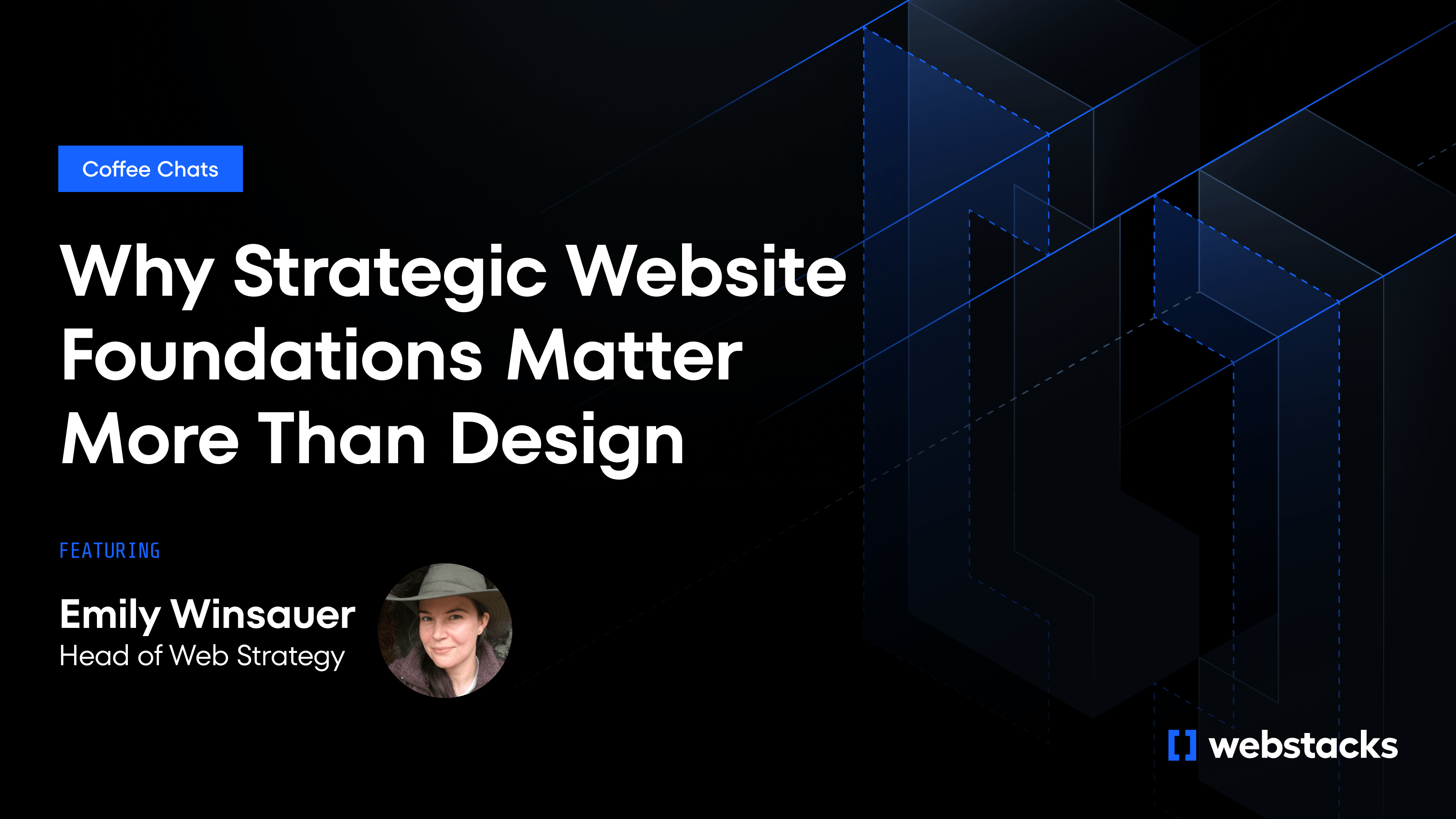In the beginning, most Web3 teams just need something live. A simple website that explains the project, links to your community, and helps people understand what you’re building. But once you start shipping real products or attracting serious attention, that starter site starts to get in the way.
You need to update content fast, support new launches, and speak to different audiences. However, projects slow down with a rigid CMS that only one person knows how to use.
This is usually when teams come to Webstacks. We help Web3 companies move from one-off websites to systems that scale. Marketing can make updates without asking devs, developers get time back, and the site’s ready to grow as the product grows.
In this guide, we’ll walk you through how to build that kind of website, from scratch.

1. Get Clear on What the Website Actually Needs to Do
Before you think about design, content, or code, stop and ask: what’s this website supposed to do for us?
Most teams skip this. They jump straight into picking a CMS or debating colors. But if you don’t know the job your site needs to do, you’ll end up with something that looks fine but doesn’t help your team.
A Web3 website should be your public face, not just a homepage with a hero and a whitepaper link. It’s how users explore your product, how devs decide whether to build with you, and how partners and investors size up your credibility. But no site can do all of that well unless you define priorities early.
Start with the audiences that matter most right now. Are you focused on onboarding users? Supporting an upcoming token launch? Driving developer interest? Each of these goals calls for different content, structure, and technical features.
We’ve seen teams spend weeks building out features they don’t need, while the flows, such as "Connect Wallet" or "Explore Ecosystem", stay buried or broken.
At Webstacks, we always start by asking the same two questions:
- What’s the single most important thing someone should do on your site?
- What’s getting in their way?
Once you know what your site needs to do, everything from your web design choices to your CMS setup becomes easier to figure out.
2. Map Real User Flows
As you build your Web3 website, you need to figure out how people move through it, and whether they can find what they need without friction.
Think about your visitors as people with specific goals. Users land on your site with different goals, and you’ve got maybe five seconds to help them find what they came for.
Here’s what that usually looks like:
- Developers might land on your homepage, then head straight to your GitHub, API docs, or integration guides.
- Investors are usually looking for proof of traction, token economics, or your leadership team.
- New users want an explanation of what the product does and why it matters to them.
If your site makes all three take the same path, someone’s going to get lost.
We always tell clients it’s important to map these flows early, as it helps teams think in actions, not just sections. What’s the first thing someone sees? What’s the next step? Where do people drop off? These questions shape your layout more than any wireframe ever will.
At Webstacks, we focus on making those journeys obvious and intuitive by structuring content around what real people want to do when on site.
3. Choose a Stack That Doesn’t Slow You Down
Early on, a platform like Webflow can feel like the fastest option. You can get a site live quickly and skip engineering for minor changes. But as the product grows and more people get involved, that setup can start to crack.
Marketing wants to publish new pages, but can’t touch half the content. Devs are too busy with product work to make updates. Suddenly, your team is blocked by your website.
That’s why we guide Web3 teams toward modular systems. These setups separate content from code and give different teams the control they need.
What we usually recommend:
- Next.js on the frontend for flexibility and speed
- Sanity or Contentful as a CMS so marketing can make updates independently
- Vercel for reliable, high-performance hosting
This kind of stack supports faster launches, easier maintenance, and fewer cross-team delays.
You don’t need to rebuild your whole site to get started. But if you’re already feeling blocked, this is where the fix starts.
4. Don’t Assume Everyone Understands Web3
You might be building for Web3, but not everyone visiting your site will know what that means, or how to interact with your product. If your homepage reads like it was written for insiders only, you’re going to lose people before they even understand what you offer.
Clear language, focused CTAs, and a straightforward structure will help you avoid that.
Here’s what that looks like in practice:
- Use plain language to explain what your product does and who it’s for. Avoid dropping straight into token mechanics or DAO structures.
- Add light guidance around Web3 interactions. If you’re asking someone to connect a wallet, let them know why and what to expect next.
- Make it easy to choose the right path. For example, devs might want to jump into docs, while new users need a short intro.
This doesn’t mean simplifying your message to the point of losing substance. It means leading with clarity, then offering depth for those who want it.

5. Build Design Systems
A page can look great and still be a problem if every update requires custom work. Webstacks recommends Web3 teams to build design systems.
A design system is a shared set of styles, components, and rules that make it easier to scale without starting from scratch each time. Instead, you’re pulling from a library that already works. That means:
- Faster page creation
- A consistent visual identity
- Fewer bugs or design mismatches across the site
It also helps with onboarding new team members. Writers, designers, and developers all have a shared foundation, which keeps things moving without constant oversight.
Webstacks helped Trust Machines launch their site from scratch, but with a structured approach. It let their team roll out new content fast without needing to reinvent anything.
6. Plan for Growth From the Start
A lot of sites launch strong, then fall apart six weeks later when the team tries to update something simple, such as the product page. Either way, if someone has to tap a developer every time something shifts, it’s going to slow you down.
A strong Web3 website gives teams the ability to move quickly after launch.
Here’s how to plan for that from day one:
- Pick a CMS your marketing team can actually use. If they need a developer to update body copy, it’s the wrong tool.
- Use flexible components, not rigid templates. The more reusable your content blocks are, the less custom work you’ll need later.
- Define ownership early. Who owns copy? Who publishes new pages? Who updates CTAs? Clear roles prevent delays.
- Build a changelog process. Track what’s been edited and when, so nothing gets lost or overwritten down the line.
If your current setup isn’t cutting it, it may be time to consider a full website migration to a stack that supports modular content and faster publishing workflows.
7. Launch with a Plan
A lot of teams treat launch day like a finish line, but it’s only the start. If your site doesn’t work the way people expect, you’ll miss the window to turn that momentum into results.
A good launch needs to make sure everything’s working the way it’s supposed to—on every device, under real traffic, with real people clicking through.
Here’s what we help teams prepare for:
- QA across mobile, desktop, and different browsers
- Page speed and performance checks (especially on content-heavy homepages)
- Wallet flows that don’t break under pressure
- Tracking and analytics that give your team insight from day one
- A clear plan for who owns post-launch updates and fixes
We’ve seen poor launches because something small, such as a broken CTA or an untagged product page, slipped through. Details matter, and you need to focus on the right things at the right time.
Another aspect that often gets missed is aligning your site launch with the rest of your go-to-market plans. If your token drop, product update, or campaign is going live, make sure your site is ready to support it.
Build a Website That Can Keep Up With You
A fast-growing Web3 project can’t afford a slow website.
If you’re constantly waiting on devs, struggling with your CMS, or avoiding updates because it’s too much effort, that’s not just frustrating but also expensive.
The right setup gives your team control. It lets you publish quickly, update easily, and grow without rebuilding.
At Webstacks, we help Web3 teams build systems that make all of that possible. Not just a better site, but a better way to run it.





